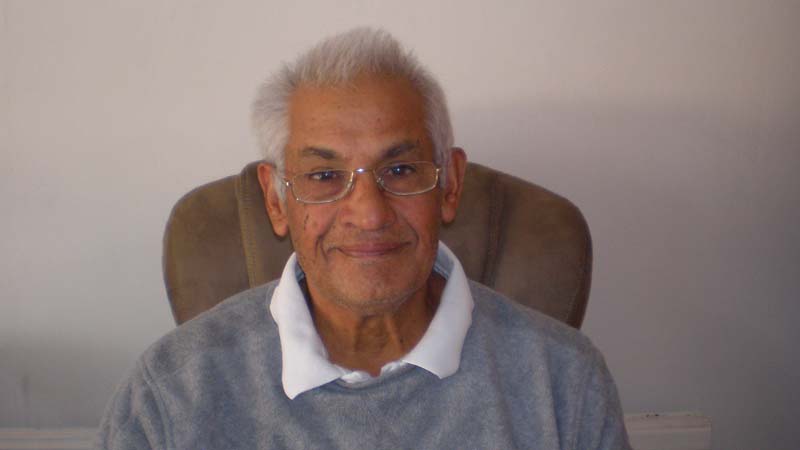Prayer as activism: My response to Laudato Si’
Ashley Ralston is a parishioner of Our Lady Queen of Peace, Adur Valley. He was part of a group looking at our new encyclical study guide. Here he shares his insight into being a Catholic activist and the importance of applying the lens of Scritpure to campaigning.

Many years ago, I went to a talk given by the late Gerard Hughes SJ (author of God of Surprises) about putting theology into practice, including the pitfalls that we encounter. For me, as an activist, it proved to be useful, because grounding your issue in sound theology, means the activism itself becomes like a prayer to the supreme Creator. That is doing theology.
So it is with Catholic Social Teaching, from Rerum Novarum to the present time, the theological input underpinning the ‘the sign of the times’ enables us to read our world through the lens of Scripture. Laudato Si’ continues this in a very accessible way.
Download the Laudato Si’ study guide
We live in a time where our attitude to our environment is catching up with our reality. Global warming is a fact and we are throwing away and discarding our waste at an unprecedented rate and cost. A common sense approach is badly needed.
Laudato Si’ brings a level-headed approach, outlining the reality of our current circumstances, sometimes graphically, such as descriptions of the Earth as ‘a pile of filth’ (21). It also considers issues such as: climate as a common good (23), access to drinking water (28) and global inequality (48).
The Gospel Of Creation section stands out for me, and in particular one paragraph: ‘A spirituality which forgets God as all-powerful and Creator is not acceptable ….[we need to] speak once more … of a Father who creates and who alone owns the world. Otherwise, human beings will always try to impose their own laws and interests on reality.’ (75).
The rest of the encyclical endeavours to set out how we can tackle these grave environmental issues, from the roots of the ecological crisis to the probable solutions, but more importantly, how we should be living our lives.
There is so much to read, understand and act upon in this encyclical, so what is the best way of understanding Laudato Si’? I would suggest that you buy a copy of the encyclical, then get hold of CAFOD’s study guide CARE FOR OUR COMMON HOME.
The study guide is divided into four sections, (however, you do not need to keep to that format), and provides a simple system of using quotes/passages from the encyclical (normally under a relevant heading), witness statements from those affected, a reflection, followed by an examination of conscience upon what you have learnt.
Finally, it presents solutions (this act of reflecting and examination leads to discussion and a way to go forward by prayer to God the Creator for his help and guidance). It’s a simple formula which can be used again and again.